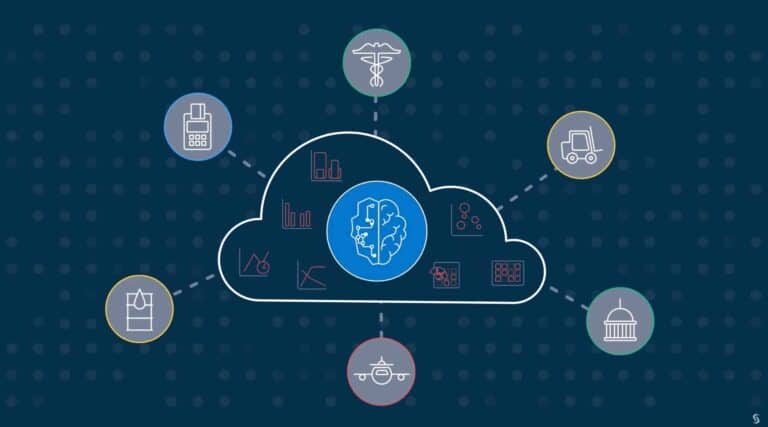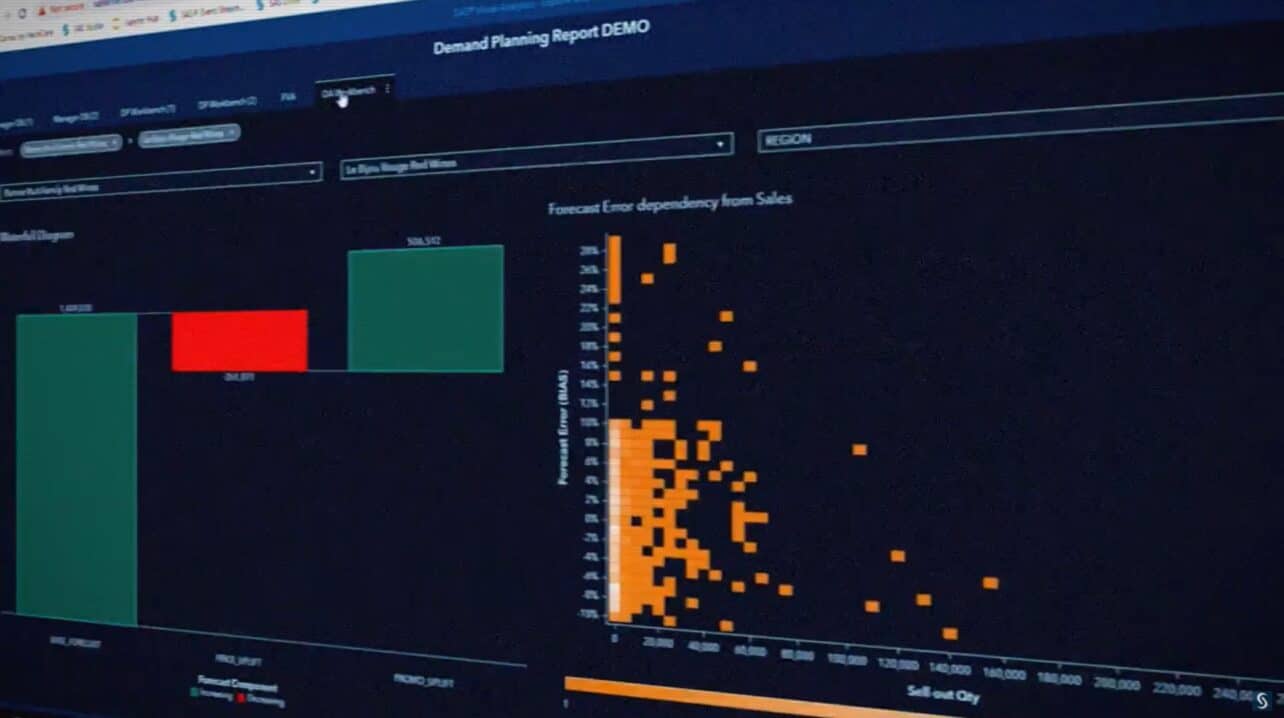The cloud is an indispensable tool in IT strategy. Speed, scalability and simplicity are some of the many reasons. Analytics can also benefit from such advantages. Yet, cloud analytics not often has the highest priority in modernization projects. Mathias Coopmans, EMEA cloud & architecture lead at SAS, would like to see change.
We spoke with SAS-CTO Bryan Harris earlier this year. At the time, it became clear that freedom of choice in infrastructure is an important matter. SAS wants to facilitate the path to cloud-native analytics for as many organizations as possible.
In our article following the conversation with Harris, we discussed SAS’ vision and direction for analytics in the cloud. Coopmans assures us that a lot has happened in this area since then. To understand these recent innovations, it’s essential to be well-informed on the value and benefits of cloud-native analytics.
Containers and microservices
To enable analytics in the cloud, SAS relies on containerization. Software is broken down into microservices, resulting in small, specialized segments. The microservices integrate to form the analytics software. This step makes the software fast and scalable. The microservices are packaged in a container, containing the required dependencies.
The containers are extremely portable, allowing the software to be run in clouds or on-premises infrastructure of choice. Running the software on-premises allows organizations to match the analytics policy with the entire IT strategy, which often entails apps and data in multiple locations, also known as the hybrid cloud. For the SAS user, on-premises is also convenient, as it makes dealing with third-party cloud-based software applications easier.
Kubernetes is the standard for container orchestration and management. Thus, SAS opts for Kubernetes. Among other things, Kubernetes ensures container availability and the ability to scale containers on-demand. All cloud vendors offer Kubernetes services, which makes the SAS platform feel identical regardless of the cloud it’s used in.
The value of cloud-native
Containers and microservices offer many advantages for using analytics software in the cloud. The question is how to leverage those benefits as a business. After all, not everyone sees cloud-native analytics as a top priority of modernization projects. According to Coopmans, there are plenty of reasons to embrace analytics in the cloud. In addition to the benefits mentioned above, cloud-native analytics offers various capabilities that stand out.
- The cloud makes it possible to match resources to the demand of workloads. Analytics applications depend on various types of workloads. Some require significant resources, others not so much. For example, image analysis on a camera requires a lot of GPU power, while BI reporting is relatively lightweight.
- Through containerization, models are quickly deployed and managed in operational environments. Furthermore, cloud analytic applications can be integrated with off-site applications through APIs.
- More end users can get started with analytics, also known as self-service. Visualization and low-code tools allow professionals without highly technical backgrounds to build and analyze as well.
- For data scientists, the work becomes simpler. SAS offers automation for time-intensive tasks such as developing data pipelines and simulations, leaving them with more time for model training.
Making cloud-native analytics concrete
Various organizations are now benefiting from the advantages of analytics in the cloud. To illustrate what can be achieved, Coopmans cites how the Town of Cary (North Carolina, United States) applies cloud analytics to prevent floods. Without technology, Town of Cary would be handling flooding reactively, potentially causing extreme damage and loss of life. Therefore, the town implemented IoT sensors and solutions from Microsoft Azure and SAS.

The sensors allow data collection on water height, speed of water flows and rainfall. This data is brought to the cloud and combined with weather forecasts. In addition, SAS technology is applied to analyze and extract insights. As a result, the town is able to accurately predict when flooding may occur and call in emergency assistance earlier. Town of Cary prevents big disasters this way.
Steps to take analytics in the cloud further
Coopmans further emphasizes that analytics in the cloud is the future. SAS plays an integral part in that future, he states. The organization innovates frequently. For example, since the end of October, SAS has been offering its analytics platform on Red Hat OpenShift, confirming SAS’ hybrid cloud move. Red Hat OpenShift provides developers the ability to build and scale containerized applications. By partnering with Red Hat, data scientists can build models and deploy them to different environments at once.
“This is a way to run in one’s own data centre without using an environment like Amazon or Google. Such clouds are, of course, popular stand-alone options. But there is also demand for on-premises, as some customers prefer to have machines on-site for a variety of reasons”, says Coopmans.
The availability of SAS on Red Hat OpenShift shows that cloud-native software can run on different infrastructures. As such, Coopmans sees SAS taking a big step with Red Hat. It offers both public cloud and on-premises capabilities.
Keep pointing out the added value
Lastly, SAS evidently wants to talk to companies as much as possible about the possibilities of analytics in the cloud. Initiatives include personal conversations and in-depth presentations on the subject. SAS held the webinar ‘Time to Insight: Running Analytics in the Cloud’, where HMRC-CIO Tim East, among others, tell more about his analytics cloud project. Register via this link to discover how valuable cloud-native analytic is.

